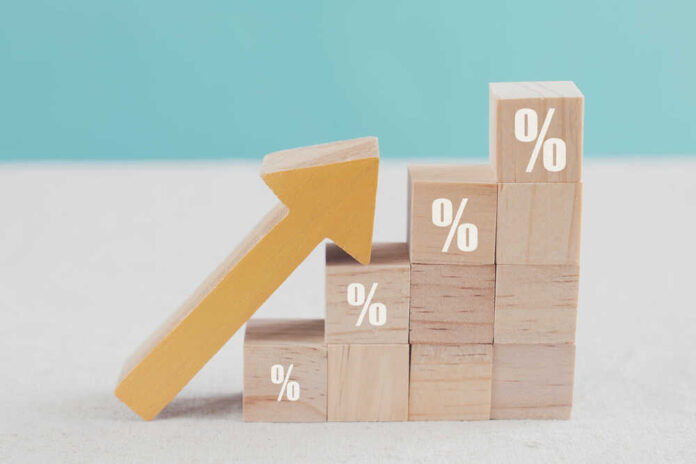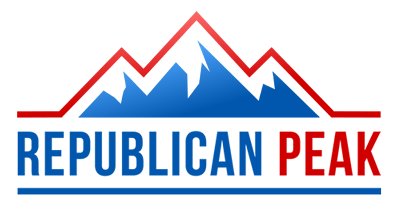
In January, consumers in the United States saw price increases at their quickest rate in a year, casting doubt on the idea that high inflation is going away.
There was a 0.3% increase in the personal consumption expenditure (PCE) price index in January.
The PCE price index, which does not include energy and food costs, increased by 4%.
The index is up 2.4% from a year ago, which is lower than December’s 2.6% 12-month growth. As the high numbers from the end of 2022 and the beginning of 2023 are no longer included in the computation, year-over-year inflation measurements have started declining.
The previous month’s growth of 0.1% was revised lower, so this is four times the increase. The core index has declined slightly from December’s 2.9 percent 12-month gain to a current 2.8 percent 12-month gain.
Core PCE inflation has not risen by that much in a single month since January of last year.
On an annualized basis, the core statistic for each month comes to 5.1%. With an annualized rate of 4.2%, the headline PCE index rose. The annualized rates can better understand inflation running higher than the Federal Reserve’s 12-month target of 2%.
By tracking the PCE index, the Fed can achieve its inflation objective of 2%.
Although it has been slightly lower than the more well-known consumer price index in recent years, its trajectory is often similar to that of the CPI. In January, the CPI increased 0.3% month-over-month and 3.4% annually. Like the core PCE index, the core CPI increased 0.4% and was 3.9% higher than a year earlier.
Some consumer expenditures, such as employer-paid healthcare, are not included in the CPI since they are not considered out-of-pocket costs; nonetheless, they are included in the PCE index. When calculating PCE, it is essential to consider how changes in pricing could influence consumer spending. For example, if inflation has driven up prime food costs too much for a family’s budget, they may buy lower-quality food items.
The consumer price index (CPI) tracks changes in the cost of products and services, whereas the producer price index (PCE) tracks changes in the consumption cost for households and companies.














